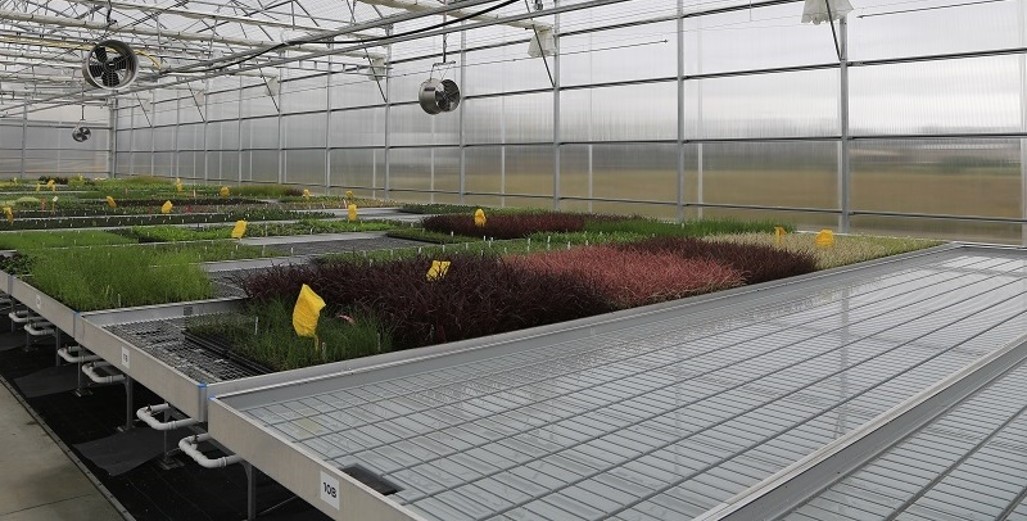Australian HFF Conference Preview
What would you like information on?
On Sunday I will travel to Australia and attend the Monday sessions of the HFF (Hydroponic Farmers Federation) conference to cover some interesting topics that are being presented. Below is the programme:
- Why will Australian consumers buy more of what Hydronic Farmers produce?- Martin Kneebone
Freshlogic, Hawthorn, VIC, Australia
This presentation will draw on the findings of the FOODFrontiers analysis and deliver a set of views on emerging market trends with that are poised to drive change in the food market. The content draw on Freshlogic food consumer and food market data to provide insight into household food buying influences and consumption behaviours. The Australian food market settings will be profiled to provide insight into how this market works and what is of relevance to hydroponic growers. The major food market trends will be identified, evidenced and explained before being extended out to profile their relative potential impact on the food market and specifically as they travel through the fresh food supply chains to the Australian market. The presentation will conclude with a summary of how these trends extends to commercial implications for hydroponic producers.
- Building a high-performance workforce – Chris Millis
Flavorite, Warragul, VIC, Australia
Over 50% of the cost of production in protected cropping businesses is labour, becoming a expert labour manager is essential, this talk gives an insight into how Flavorite manages the challenge of building a high performing workforce. The topics to be covered are; assessing challenges, developing a strategy, remuneration, training, performance reviews, engagement and feedback.
- Substrate Berries 10 tips for Sweet Success – Andrew Olley
No description available
- Australian plant biosecurity in practice: From incursion to exotic plant pest management – Jessica Lye
AUSVEG, Camberwell, VIC, Australia
Over recent years the Australian vegetable industry has experienced incursions of several Emergency Plant Pests, such as Cucumber Green Mottle Mosaic Virus, Vegetable Leafminer, Tomato Potato Psyllid, and Brown Marmorated Stink Bug. During several of these outbreaks, activation of the Emergency Plant Pest Response Deed (EPPRD) has led to industry and government response activities with the intent of eradication, containment, or transition to management. Attendees will be provided with an overview of the Australian biosecurity system and processes in place to assess and eradicate exotic plant pests. This presentation will also explore the outcomes of recent key vegetable industry exotic pest outbreaks and will provide information on the current distribution and biosecurity statuses of these pests, as well as the risks they pose to vegetable growers.
- Light Characteristics and its impact on plant physiology – Graeme Smith
Graeme Smith Consulting, Woodend, VIC, Australia
Greenhouses harvest light and the way growers use this light set us apart from any other production system and allows us enormous opportunities to steer our crops to an optimised vegetative/generative balance for enhanced yield, quality and produce uniformity. Plants look at light in a very different way to humans and we need to understand these differences and the opportunities it affords us to better meet the needs of plants and how to make them comfortable and productive. We say that 1% light equals 1% production therefore we must strive to optimise light at all times using a wide range of tools that are available to us and understand its effects on plant physiology. (how plants grow in a greenhouse and what affects its growth!) This presentation will explore light characteristics, the impacts on plant performance and some tools to influence the light intensity and sum.
- Let there be Light – Greenhouse coverings – Carl Van Loon
No description available
- Light optimization – Roger R De Jagher
Growing greenhouse production is constantly reacting to outside climate conditions. Part of the time, there is an overload of (sun) light and heat, and other parts a shortage of energy. In this session, we will provide the audience with insights of how to optimize the use of solar energy for greenhouse production. By implementing some simple measures, a grower can achieve more yield with a better quality. An example of a solution to create a better greenhouse climate is using coatings and solutions.
Development of coatings has gone fast in recent years. Not only reflecting light but also improving the light quality by diffusing the incoming light. This results in a more even spreading of light throughout the greenhouse and the crop. In addition, different crops have different light requirements. Besides needing more or less light, crops can also prefer to have more or less of a specific colour in the light spectrum.
This session will further elaborate on the special light requirements of crops and how growers can get the maximum out of their greenhouse production.
- Svensson greenhouse climate screens: it does not stop at the extra 5%! -Ton Habraken
No description available
I will be reporting back to you on several of these topics for the next issue. The three key topics I will cover are:
- Building a high-performance workforce, presented by Chris Millis
- Substrate Berries, 10 tips for Sweet Success, presented by Andrew Olley
- Light optimization, presented by Roger R De Jagher
If there is another presentation you would like reported on and you find interesting please let me know.
Email stefan@grower2grower.co.nz or by Facebook https://www.facebook.com/StefanGrower2grower/


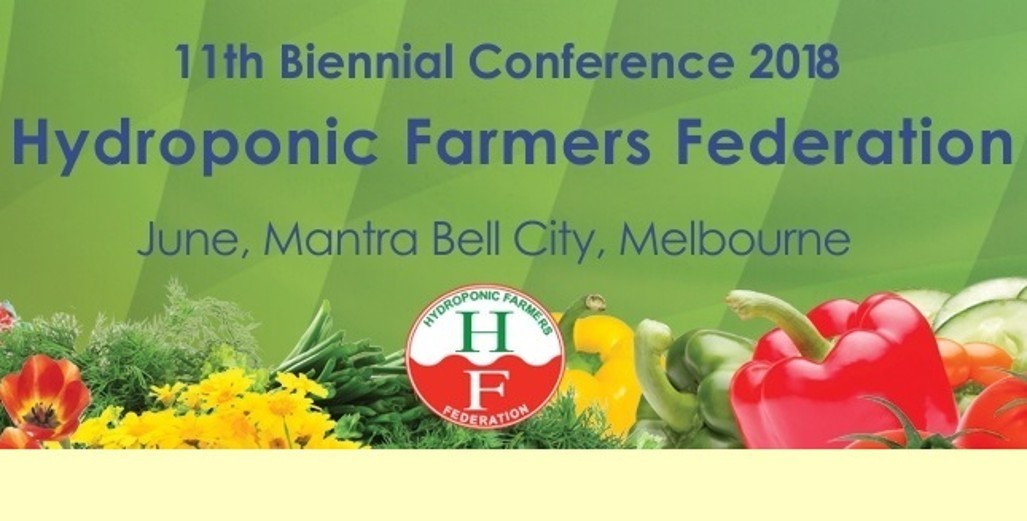
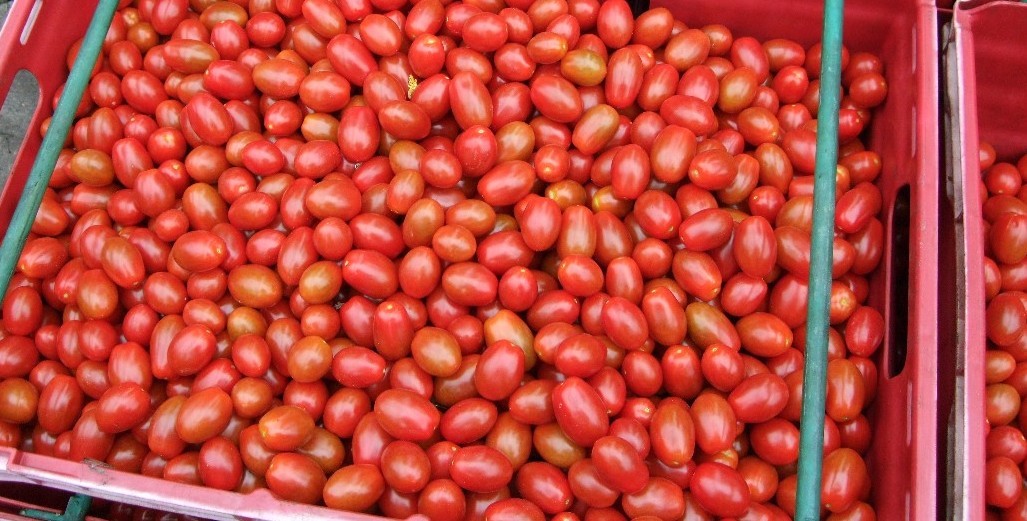

.jpg)
 Cover photo sent by Steve Dickson: As you can see by the faded colour it has been a well-worn hat. Holly (the dog) loves carrying it around and when I can’t find it all I have to say to her is “where is the hat” and she searches high and low and brings it to me.
Cover photo sent by Steve Dickson: As you can see by the faded colour it has been a well-worn hat. Holly (the dog) loves carrying it around and when I can’t find it all I have to say to her is “where is the hat” and she searches high and low and brings it to me.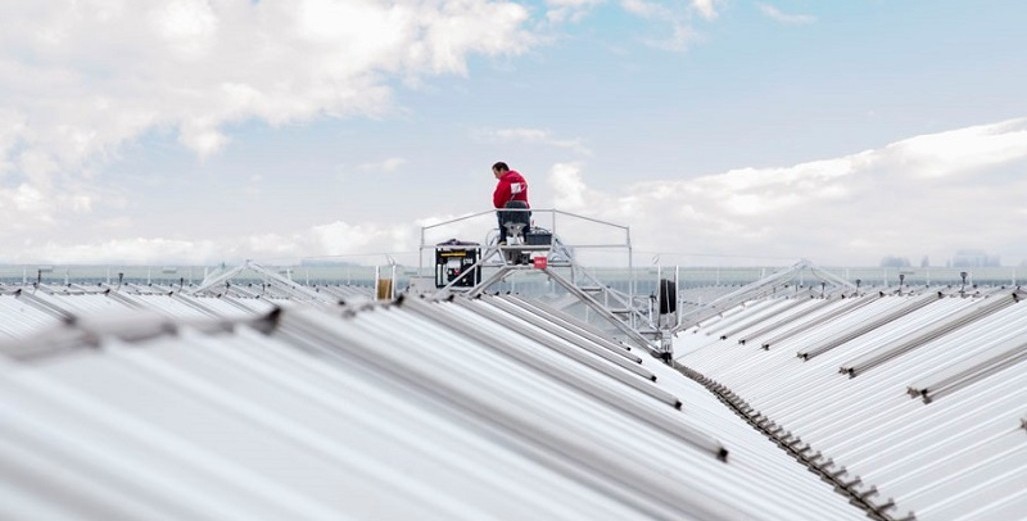


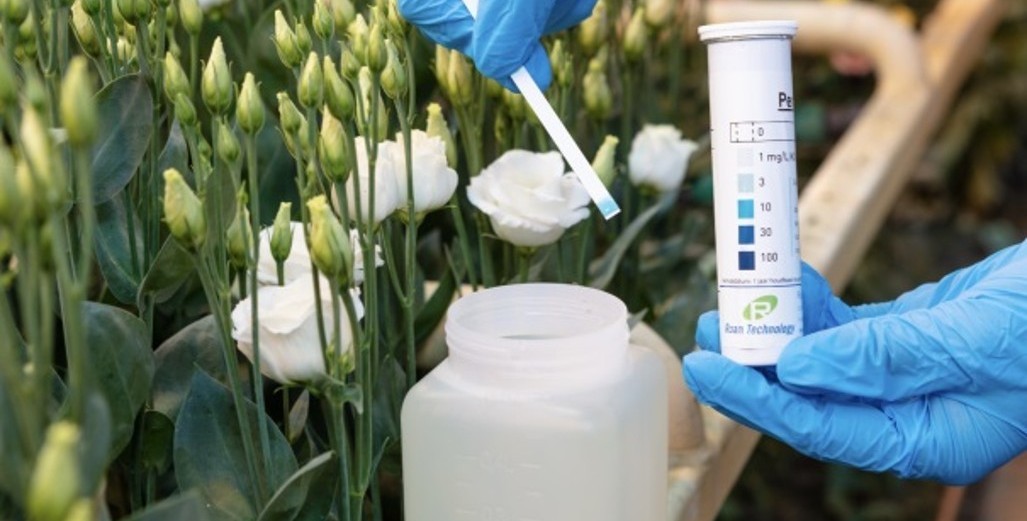

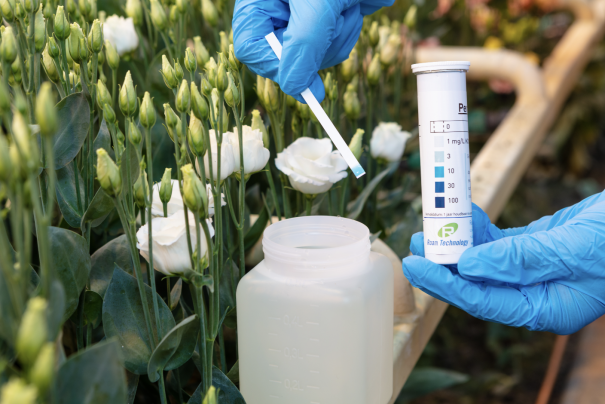

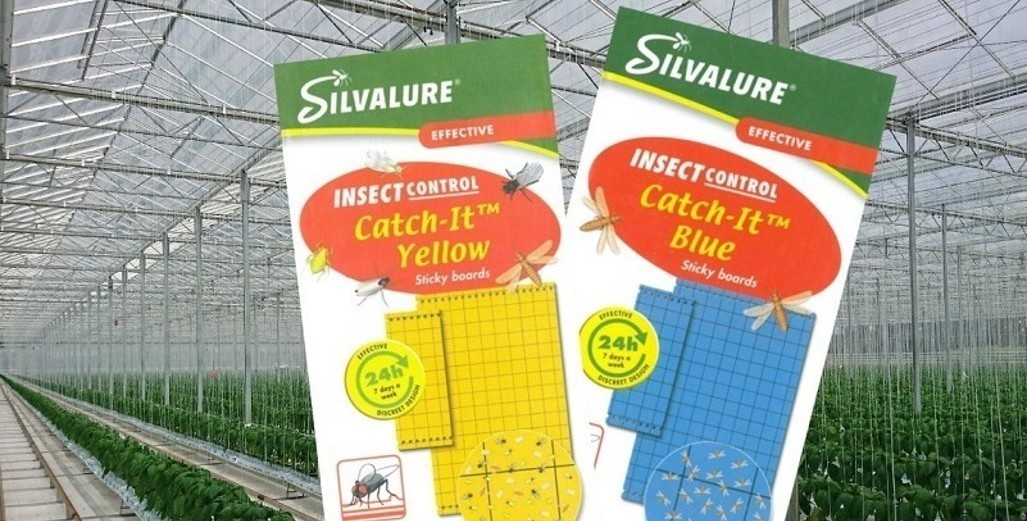



.jpg)

